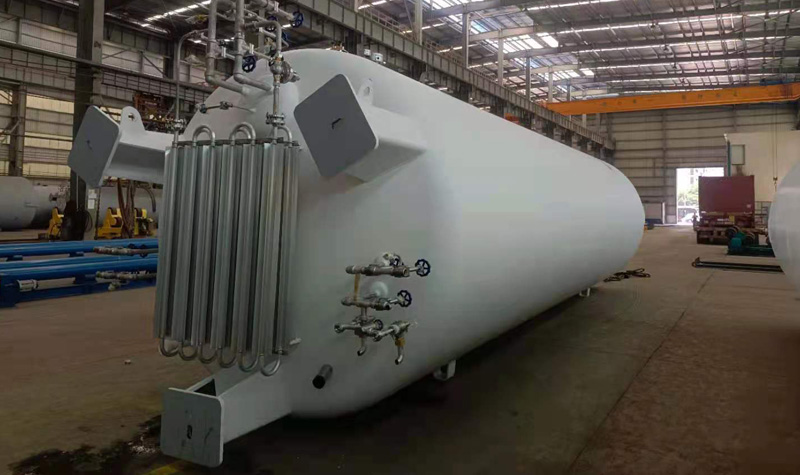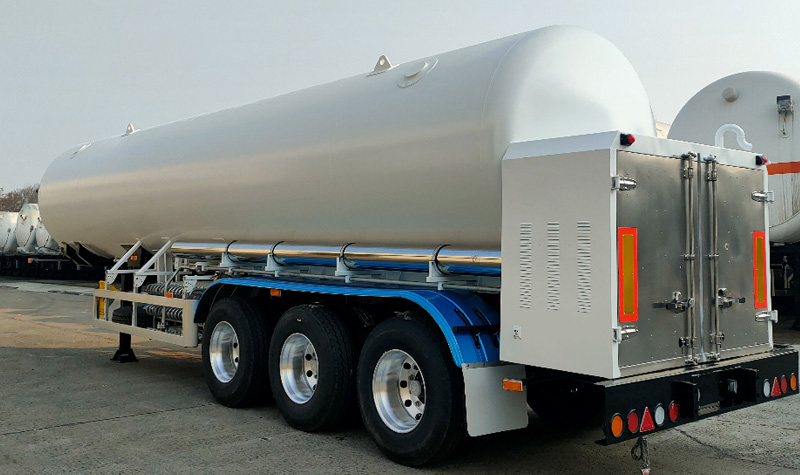Properties of liquid oxygen
Liquid oxygen is the form of oxygen in a liquid state and is a colorless, odorless, non-toxic liquid composed of oxygen molecules. It is a very important chemical substance that has a wide range of applications in modern technology and industry. Liquid oxygen is an extremely unstable substance, and it needs to exist stably at extremely low temperatures. Liquid oxygen is very cold and requires special handling and insulation. The boiling point of liquid oxygen is -183°C, and its density is 850 times that of gaseous oxygen, so liquid oxygen is very dense under normal pressure. If it is not treated with heat preservation, liquid oxygen will evaporate rapidly, resulting in loss of storage and transportation.
Liquid oxygen is highly oxidizing, and it can react with most substances, releasing a large amount of energy. Liquid oxygen also has high specific heat and thermal conductivity, so it can be used as an efficient coolant.
The storage and transportation of liquid oxygen requires extremely high safety standards. Liquid oxygen is highly oxidizing and prone to violent reactions with other substances, so special containers and equipment like cryogenic liquid storage tanks, liquid oxygen tanks or ISO tanks are required to ensure safety during storage and transportation.

Uses of liquid oxygen
Rocket propellants: Liquid oxygen is an important component in rocket propellants. The liquid oxygen in the rocket engine can react with the fuel to produce high-temperature and high-pressure gas, which can generate huge thrust.
Medical use: Liquid oxygen can be used for oxygen therapy in the medical industry. Liquid oxygen can accelerate the body’s oxygen absorption, thereby increasing the body’s oxygen content and helping the body to metabolize and recover better.
Industrial use: Liquid oxygen can be used as an oxidizing agent in industrial production. Liquid oxygen can react with other substances to produce high-temperature and high-pressure oxygen, which helps the oxidation reaction in the production process.
Research use: Liquid oxygen can be used as a coolant in scientific research. Liquid oxygen can help scientists study the properties and behavior of matter by cooling equipment in laboratories to very low temperatures.


